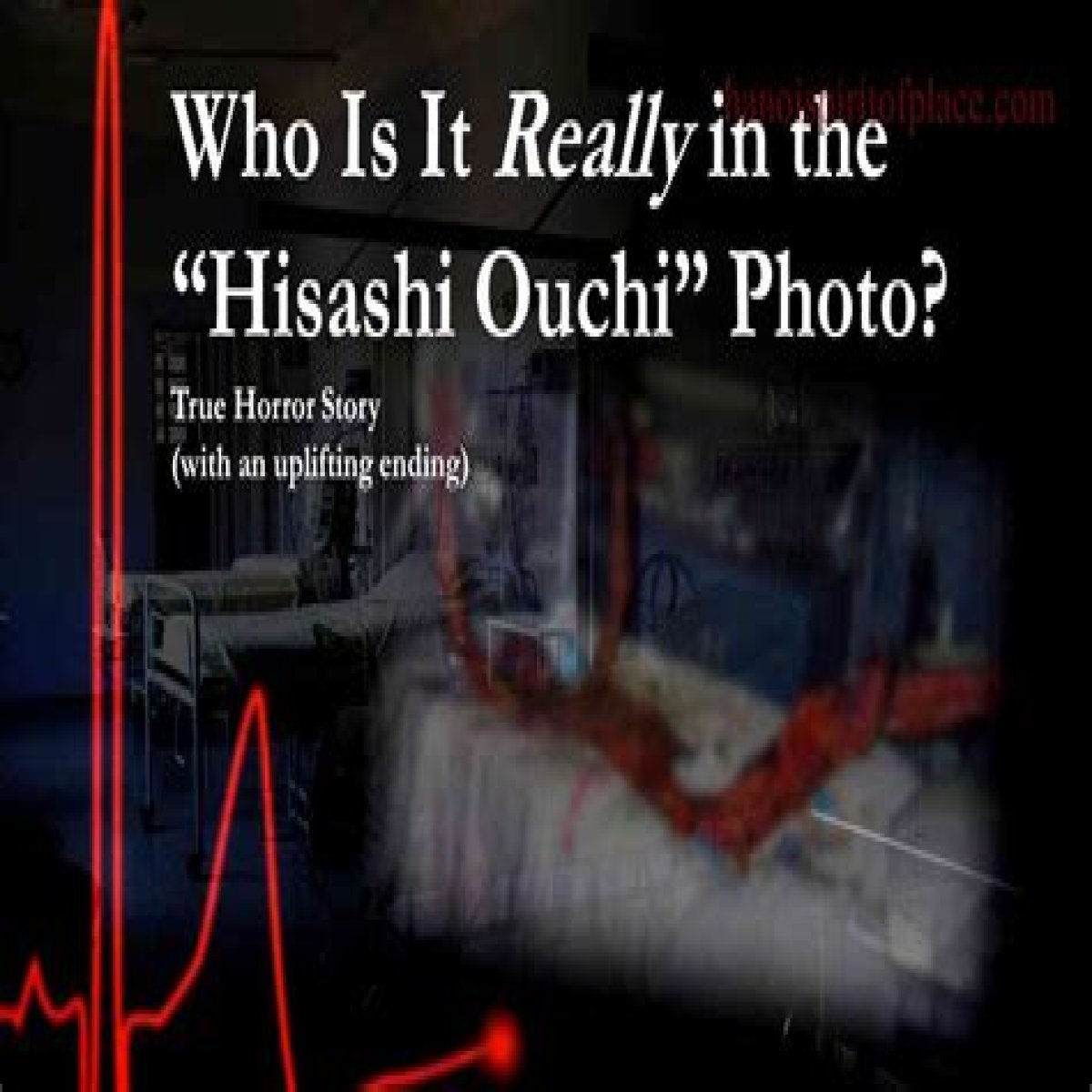When we think about the consequences of radiation exposure, the story of Hisashi Ouchi often comes to mind. His case is not only a stark reminder of the perils associated with nuclear accidents but also a heartbreaking testament to human suffering. As we delve into the symptoms experienced by Ouchi and the circumstances surrounding them, we gain insight into the devastating effects of radiation on the human body. The symptoms that manifested in Hisashi Ouchi are a chilling reminder of the fragility of life and how quickly circumstances can change. From his initial exposure to the subsequent complications, understanding his symptoms is crucial in raising awareness about radiation safety and health.
The plight of Hisashi Ouchi, a worker at the Tokaimura nuclear facility in Japan, underscores the importance of stringent safety protocols in industries dealing with hazardous materials. His story is one that evokes a deep sense of empathy and serves as a call to action for better safety measures. In this article, we will explore the symptoms he endured, the impact on his life, and what can be learned from his tragic experience.
In exploring the symptoms that Hisashi Ouchi faced, we should also reflect on the broader implications of radiation exposure. How can we better protect individuals in high-risk occupations? What advancements in medical science have been made since Ouchi's case? Through understanding these aspects, we hope to honor his memory while advocating for improved safety standards in nuclear facilities.
- Who Was Hisashi Ouchi?
- Biography of Hisashi Ouchi
- What Happened During the Tokaimura Accident?
- What Symptoms Did Hisashi Ouchi Experience?
- How Did Hisashi Ouchi's Symptoms Progress Over Time?
- What Medical Treatments Were Available for Hisashi Ouchi?
- How Did Hisashi Ouchi's Case Impact Nuclear Safety Regulations?
- What Can We Learn from Hisashi Ouchi's Experience?
- Conclusion: Remembering Hisashi Ouchi and Advocating for Change
Who Was Hisashi Ouchi?
Hisashi Ouchi was a Japanese nuclear facility worker who became widely known following a catastrophic accident at the Tokaimura uranium processing plant in September 1999. The incident, which was one of the worst nuclear accidents in Japan's history, resulted in severe radiation exposure for Ouchi and two of his colleagues. Tragically, Ouchi would suffer the most from this unfortunate event, leading to a prolonged and painful battle for survival.
Biography of Hisashi Ouchi
| Attribute | Details |
|---|---|
| Name | Hisashi Ouchi |
| Date of Birth | Unknown |
| Occupation | Nuclear facility worker |
| Incident Date | September 30, 1999 |
| Status | Deceased (December 21, 1999) |
What Happened During the Tokaimura Accident?
The Tokaimura accident was a result of a criticality incident, where an uncontrolled nuclear chain reaction occurred. Workers were improperly handling uranium, leading to an excessive concentration of fissile material. Hisashi Ouchi, along with two others, was exposed to high levels of radiation in a matter of moments. The immediate effects were devastating and would lead to a series of horrific symptoms for Ouchi over the following months.
What Symptoms Did Hisashi Ouchi Experience?
The symptoms experienced by Hisashi Ouchi were a direct result of acute radiation syndrome (ARS). ARS manifests in various stages and can lead to severe health complications. Here are some of the predominant symptoms that Ouchi endured:
- Severe nausea and vomiting
- Diarrhea
- Hair loss
- Skin burns and lesions
- Internal bleeding
- Immunosuppression
- Multi-organ failure
How Did Hisashi Ouchi's Symptoms Progress Over Time?
Initially, Ouchi presented with mild symptoms such as nausea and vomiting, which quickly progressed to more severe manifestations. As days turned into weeks, his condition deteriorated significantly. The internal damage caused by the radiation exposure was profound, leading to a series of complications:
- Acute Radiation Syndrome: Within hours, Ouchi began experiencing acute symptoms characteristic of ARS.
- Multi-organ Failure: As his body struggled to cope with the damage, multiple organs began shutting down.
- Infections: Due to his compromised immune system, Ouchi became susceptible to various infections.
- Pain and Suffering: His suffering was exacerbated by constant pain, skin lesions, and psychological distress.
What Medical Treatments Were Available for Hisashi Ouchi?
Hisashi Ouchi received extensive medical treatment during his time in the hospital, including:
- Bone marrow transplants
- Blood transfusions
- Antibiotics to combat infections
- Pain management therapies
Despite the medical interventions, Ouchi's condition continued to worsen, leading to his death on December 21, 1999, just a few months after the incident.
How Did Hisashi Ouchi's Case Impact Nuclear Safety Regulations?
The tragic case of Hisashi Ouchi had profound implications for nuclear safety regulations in Japan and worldwide. Following the incident, several changes were implemented:
- Stricter safety protocols and guidelines for nuclear facilities
- Increased training and awareness programs for workers
- Enhanced monitoring of radiation levels
- Improved emergency response plans
What Can We Learn from Hisashi Ouchi's Experience?
The story of Hisashi Ouchi is not just a tale of tragedy; it serves as a vital lesson about the importance of safety in high-risk industries. Key takeaways include:
- Importance of Training: Adequate training for workers in nuclear facilities is crucial to prevent similar accidents.
- Need for Regulation: Regulatory bodies must enforce strict safety guidelines to protect workers and the environment.
- Awareness of Symptoms: Understanding the symptoms of radiation exposure can lead to quicker responses and better outcomes.
Conclusion: Remembering Hisashi Ouchi and Advocating for Change
The symptoms and suffering endured by Hisashi Ouchi remind us of the human cost that can accompany industrial accidents. As we reflect on his tragic story, it is essential to advocate for improved safety measures that protect workers in high-risk environments. By learning from the past and honoring Ouchi's memory, we can strive toward a future where such tragedies are prevented, and the safety of all workers is prioritized.
Unveiling The Truth Behind Hisashi Ouchi: The Real Photo HospitalKelly Rutherford's Financial Journey: Exploring Her Net Worth In 2024Nichol Kessinger's Husband: Unraveling The Mystery
